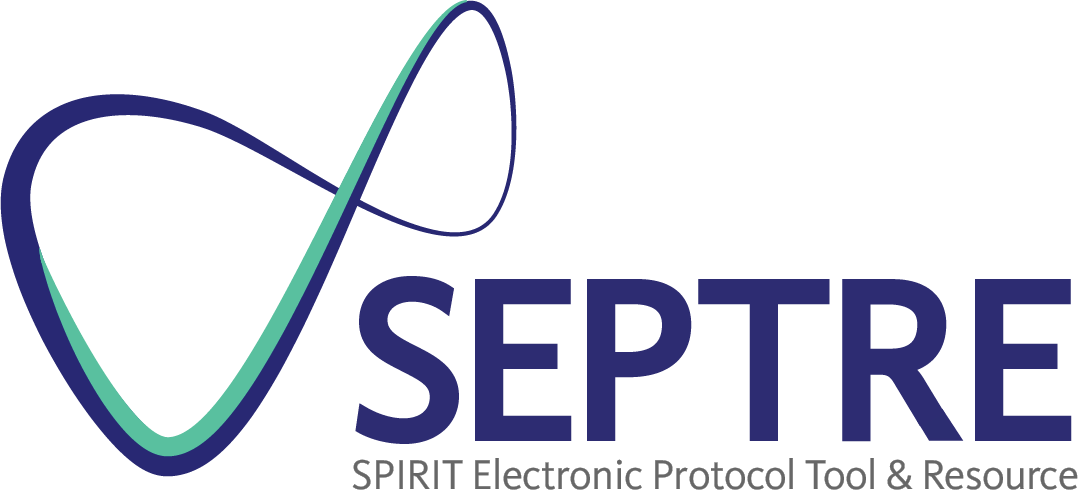Item 23: Frequency and procedures for auditing trial conduct, if any, and whether the process will be independent from investigators and the sponsor.
Example
“11.4 Data Monitoring and Quality Assurance
Through the combination of our web-based, instantaneous electronic validation, the DCC’s [Data Coordinating Center] daily visual cross-validation of the data for complex errors, and regular on-site monitoring, the quality and completeness of the data will be reflective of the state of the art in clinical trials.
Both the European and US DCCs will conduct monitoring of source documents via fax at all enrolling ARUBA [A Randomized trial of Unruptured Brain Arteriovenous malformations] sites and will conduct at least one onsite monitoring visit per year over the course of the study at 100% of clinical sites (with repeat visits to sites where performance is a concern). Monitoring of European study sites will be assured by the European Coordinating Center (Paris). The primary objectives of the DCC during the on-site visits are to educate, support and solve problems. The monitors will discuss the protocol in detail and identify and clarify any areas of weakness. At the start of the trial, the monitors will conduct a tutorial on the web-based data entry system. The coordinators will practice entering data so that the monitors can confirm that the coordinators are proficient in all aspects of data entry, query response, and communication with the DCC. They will audit the overall quality and completeness of the data, examine source documents, interview investigators and coordinators, and confirm that the clinical center has complied with the requirements of the protocol. The monitors will verify that all adverse events were documented in the correct format, and are consistent with protocol definition.
The monitors will review the source documents as needed, to determine whether the data reported in the Web-based system are complete and accurate. Source documents are defined as medical charts, associated reports and records including initial hospital admission report . . .
The monitors will confirm that the regulatory binder is complete and that all associated documents are up to date. The regulatory binder should include the protocol and informed consent (all revisions), IRB [Institutional Review Board] approvals for all of the above documents, IRB correspondence, case report forms, investigator’s agreements . . .
Scheduling monitoring visits will be a function of patient enrollment, site status and other commitments. The DCC will notify the site in writing at least three weeks prior to a scheduled visit. The investigators must be available to meet with the monitors. Although notification of the visits will include the list of patients scheduled to be reviewed, the monitors reserve the right to review additional ARUBA patients.
If a problem is identified during the visit (i.e., poor communication with the DCC, inadequate or insufficient staff to conduct the study, missing study documents) the monitor will assist the site in resolving the issues. Some issues may require input from the Operations Committee, Steering Committee or one of the principal investigators.
The focus of the visit/electronic monitoring will be on source document review and confirmation of adverse events. The monitor will verify the following variables for all patients: initials, date of birth, sex, signed informed consent, eligibility criteria, date of randomization, treatment assignment, adverse events, and endpoints . . .” 313
Explanation
Auditing involves periodic independent review of core trial processes and documents. It is distinct from routine day-to-day measures to promote data quality (Items 18a and 19). Auditing is intended to preserve the integrity of the trial by independently verifying a variety of processes and prompting corrective action if necessary. The processes reviewed can relate to participant enrolment, consent, eligibility, and allocation to study groups; adherence to trial interventions and policies to protect participants, including reporting of harms (Item 22); and completeness, accuracy, and timeliness of data collection. In addition, an audit can verify adherence to applicable policies such as the International Conference on Harmonisation Good Clinical Practice and regulatory agency guidelines.160
In multicentre trials, auditing is usually considered both overall and for each recruiting centre. Audits can be done by exploring the trial dataset or performing site visits. Audits might be initially conducted across all sites, and subsequently conducted using a risk based approach that focuses, for example, on sites that have the highest enrolment rates, large numbers of withdrawals, or atypical (low or high) numbers of reported adverse events.
If auditing is planned, the procedures and anticipated frequency should be outlined in the protocol, including a description of the personnel involved and their degree of independence from the trial investigators and sponsor. If procedures are further detailed elsewhere (e.g., audit manual), then the protocol should reference where the full details can be obtained.
| 22: Harms | 24: Research ethics approval |

